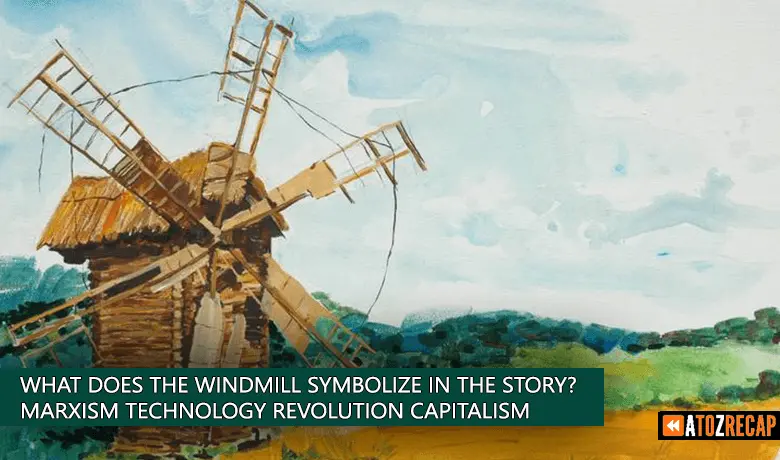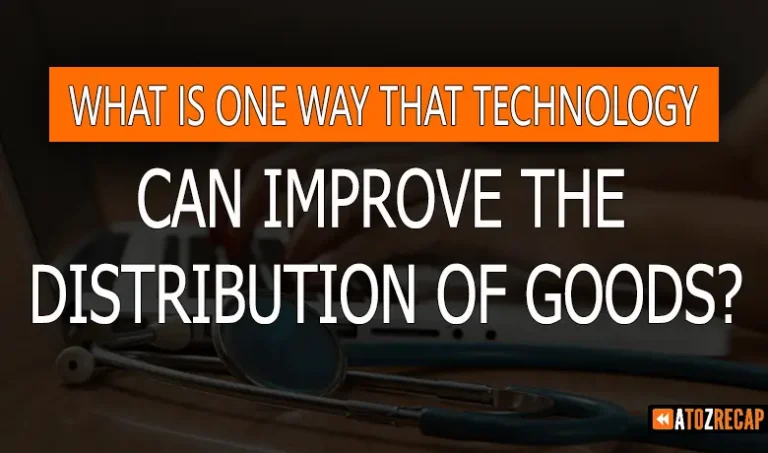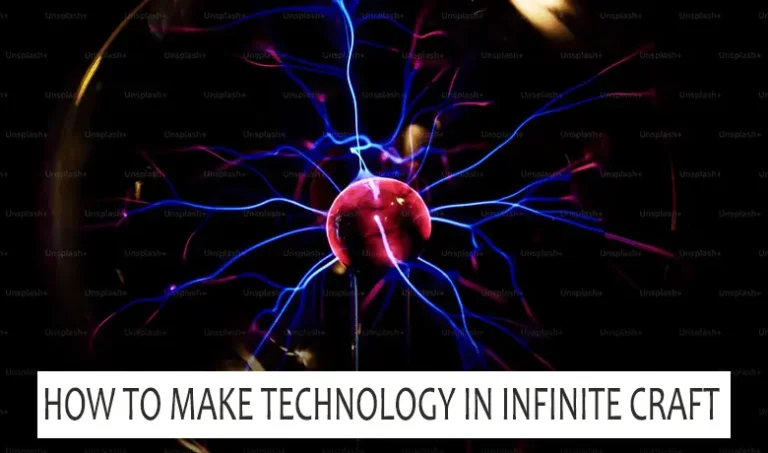What does the Windmill Symbolize in the Story? Marxism Technology Revolution Capitalism
In the vast landscape of literature and life, symbols like the windmill hold a special place, whispering hidden truths and stirring up reflections on society and its workings. Let’s take a stroll through the rich tapestry of meanings woven around the windmill, exploring its ties to Marxism, technology, revolution, and capitalism, and what they reveal about our world.

All About: What does the windmill symbolize in the story? marxism technology revolution capitalism
Power to the People
Think of the windmill as a beacon of collective strength in Marxist thought. It embodies the idea of everyone owning and benefiting from the tools of production. The windmill stands tall, a symbol of the workers’ ability to harness nature’s gifts together for the common good. It speaks of a world where wealth isn’t hoarded by a few but shared by all, a vision that Marxists champion as a path to a fairer society.
Harnessing Nature’s Gifts
Now, let’s see the windmill as a marvel of human ingenuity. It’s a testament to our knack for innovation, using the wind’s gentle push to grind grain or generate power. The windmill represents our quest for sustainable solutions, showing how we can work with nature, not against it. But it also asks us tough questions about who gets to benefit from these advancements and whether everyone has equal access to the fruits of progress.
A Stirring of Change
In the annals of history, the windmill has often been a rallying point for rebels and dreamers. It whispers of revolutions past and present, where ordinary folks stood up against oppression. The windmill’s blades spin with the promise of change, stirring the air with hope for a better tomorrow. It’s a reminder that even the smallest breeze can grow into a mighty gust of transformation when people come together for a cause.
Profits and Pitfalls
But let’s not forget the darker side of the windmill’s tale. In the world of capitalism, it becomes a cog in the profit machine, churning out riches for a select few while leaving many in its shadow. Here, the windmill symbolizes the exploitation of both natural resources and human labor, highlighting the inequalities that plague our economic systems. It urges us to question who really benefits from our pursuits of wealth and progress.
Five Essential Facts
- The windmill serves as a beacon of hope, embodying the collective efforts and aspirations of the working class toward emancipation from oppressive systems.
- Its destruction signifies the fragility of revolutionary gains and the relentless forces of capitalism, reminding us of the ongoing struggle for social justice and equality.
- Alternatively, its successful operation represents the triumph of collective action over individual greed, illustrating the transformative power of solidarity in the face of adversity.
- The windmill’s symbolism extends beyond its physical presence, serving as a potent metaphor for the complexities of human society, where progress and regression often coexist in a delicate balance.
- Through its various interpretations, the windmill becomes a timeless symbol of resistance, resilience, and the enduring quest for a more just and equitable world.
Ending or Conclusion
So, as we gaze upon the windmill’s silhouette against the sky, let’s remember that it’s more than just a towering structure of wood and metal. It’s a mirror reflecting our hopes and aspirations, our struggles and contradictions. In its spinning blades, we find echoes of our collective journey through ideologies and revolutions, technologies and economies. And in its timeless presence, we discover the enduring power of symbols to shape our understanding of the world and inspire us to strive for a brighter future.
Important FAQs
What does the windmill symbolize in terms of Marxism?
The windmill often symbolizes the means of production in Marxist ideology. It represents the collective ownership and control of the tools and machinery used in production, echoing Marxist ideals of communal ownership and the overthrow of capitalist structures. In this context, the windmill in the story may represent the proletariat’s struggle for control over their own labor and resources.
How does the windmill symbolize technology and progress?
The windmill is a technological innovation that harnesses natural energy to perform work. It symbolizes progress and advancement, particularly in the realm of technology. Its construction and operation may represent the transformative power of technology in society, highlighting themes of industrialization and modernization. However, the interpretation of the windmill as a symbol of progress may also be critiqued, as advancements in technology can both empower and oppress depending on the socio-economic context.
What role does the windmill play in representing revolution?
The windmill can be seen as a focal point for revolutionary activity within the story. Its construction and maintenance require collective effort and solidarity among the characters, reflecting the unity necessary for a successful revolution. Moreover, the windmill’s destruction or preservation throughout the narrative may mirror the success or failure of revolutionary movements. It symbolizes the potential for change and upheaval in the face of oppressive systems, embodying the spirit of revolution and resistance.
How does the windmill symbolize capitalism and its contradictions?
In the context of capitalism, the windmill can be interpreted as a site of conflict between different socio-economic interests. Its construction and operation may represent capitalist exploitation, where the labor of the animals is exploited for the benefit of a few. Additionally, the windmill’s significance may highlight the contradictions inherent in capitalist systems, such as the tension between technological progress and social inequality. Its fate in the story may reflect the outcome of these contradictions, showcasing the inherent instability and injustice of capitalist structures.
Read it too: How to Get Technology Points Palworld?






